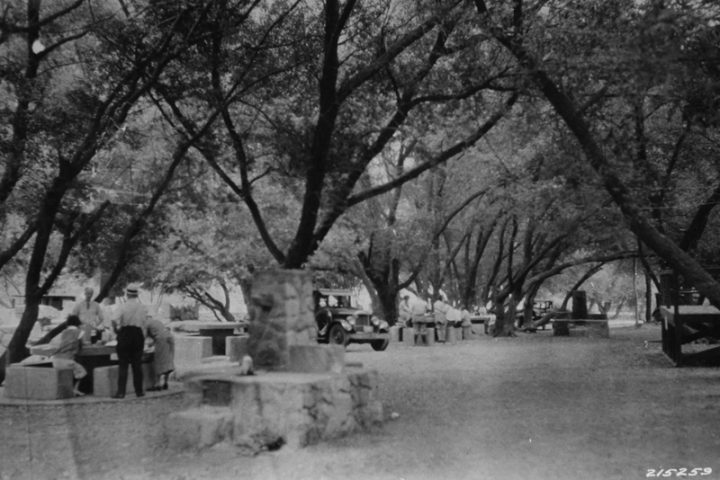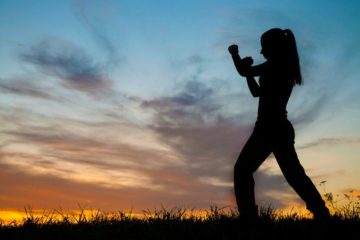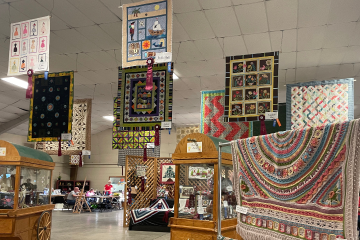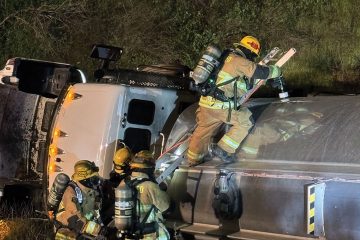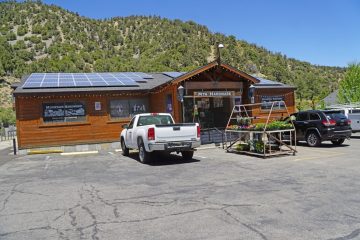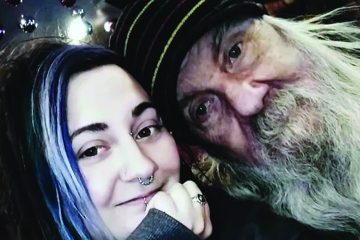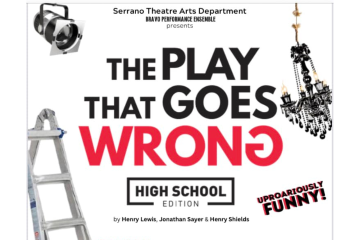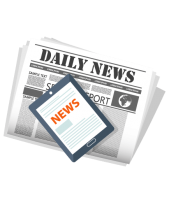The beauty of the Cajon Pass made it a perfect roadside rest area for early motorists in 1920. The site was ideal for an all-inclusive campground with tables, firepits, and bathrooms. Even better, Route 66 would soon provide plenty of an audience for this type of recreation.
Such was the dream of William Bristol, who created a traveler’s utopia in the Cajon pass, realizing the possibilities of this well-traveled “gateway to southern California.” The idea came to Bristol, a citrus grower and visionary while attending a dedication ceremony of the Pioneers Monument in December 1917. A tribute to the early settlers, the monument was erected along the National Old Trails Highway at the junction of the Salt Lake and Santa Fe Trails (CA-138, Interstate 15, and the Pacific Crest Trail) in the Cajon Pass, San Bernardino. His idea of a rest stop stayed with him. Returning to the area after the first World War, William Bristol, a modern pioneer, set up camp intending to stay for a few months. Starting out with a few picnic tables, he fashioned himself; he continued to work on his vision. Using his own hands and his own design, Bristol fabricated large, round, concrete tables for picnicking at the camp. Soon, motorists traveling the pass would be using the picnic grounds.

As popularity increased, William Bristol was able to build on land donated by The Santa Fe Railroad. Utilizing his master craftsman abilities, Bristol engrossed himself in designing and building a park famous for its hospitable picnic grounds. Camp Cajon provided a place to rest for weary motorists going east across the Mojave Desert or west towards the Pacific Ocean. Officially dedicated on July 4, 1919, Camp Cajon became a welcome stop on what was then dubbed the “National Old Trails Highway.” In 1926, the National Old Trails Highway would become part of the now historically famous “Mother Road,” as it was called, U.S. Route 66. Sponsors took notice of the novelty and soon were funding facilities like stone cooking stoves and bathroom facilities. For many years, the campground and picnic areas would entertain motorists passing through the Cajon Pass. The Los Angeles Times reported, “Camp Cajon Takes Cake for Comfort, Gives Motor Travelers Great Welcome as They Come in from Desert.”
If Mother Nature had been more of a camper, she might have held back a little on the inclement weather in the pass. In March of 1938, devastating floods destroyed the picnic grounds of Camp Cajon and left the buildings in ruins. The historic Route 66 would eventually be partially swallowed up by the Interstate system and modern progress. This expansion would complicate rebuilding, and interest in Camp Cajon quickly ceased. William Bristol, writer, poet, community leader, and modern pioneer died in 1941. As a craftsman, Bristol had built a coffin for his own demise.
On July 4, 2019, the Native Sons of the Golden West Arrowhead Parlor 110 dedicated a commemoration of the original Camp Cajon Monument. The Historic site is located about three hundred feet north of the original monument. A new kiosk has been erected on Wagon Train Road, just south of McDonald’s. The Cajon Pass has become a gauntlet for transportation between Southern California and anything east of San Bernardino. No less than five railroad tracks, at least a dozen lanes of Interstate, the Pacific Crest Trail, and numerous access roads are clenched in an elevation-changing fist of a canyon route. A rest stop was a good idea back then.
